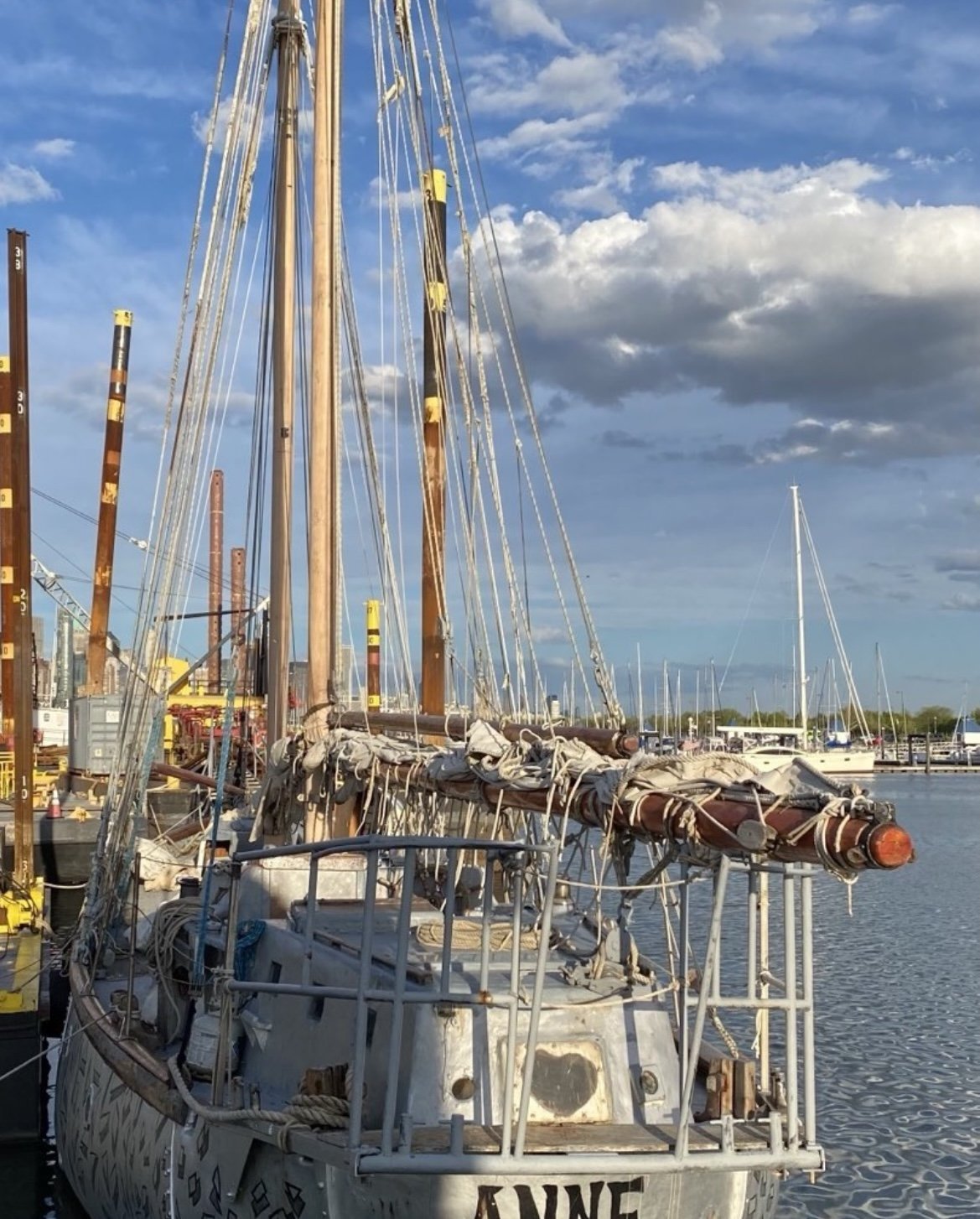Reid Stowe has done a 1000+ day sea voyage, and now he’s focused on opening new possibilities for humans in space.
Reid Stowe. Desmond K. Shaw. CC BY-SA 4.0
A lover of the ocean and all types of art, Reid Stowe is an American craftsman, sailor and adventurer, who completed a more than three year ocean voyage without stopping on land aboard the Anne, a gaff-rigged schooner Stowe built himself.
The iconic journey began on April 21, 2007 from the 12th St. Pier, Hoboken, New Jersey. One thousand one hundred and fifty-two days later, on June 17, 2010,Reid sailed his schooner up the Hudson River and docked at Pier 81 in Manhattan, New York — a potential record for the longest continuous sea voyage without resupply or stepping on land.
With all the experience Reid has built up on the ocean, the renowned sailor has started a new program, meant to help astronauts who are looking to go on a mission to Mars in the 2030s. As Reid has put it, “the deep models of today could provide a role model for space bearers tomorrow,” and plans to use his journey at sea as a blueprint of sorts to help guide these future astronauts.
Reid Stowe working on Anne. @reid_stowe_art. Instagram.
Because those going on the Mars mission will be finding themselves on the ship for almost three years, it brings the concept of “isolation” into perspective. What will they do to cope, being in an enclosed area for such a long period of time? Reid knows what that’s like. He never needed coping mechanisms to prepare himself for his sea journey. There was nothing to “cope” with, and he was always able to love what he was doing. Reid’s new program will tackle these issues and answer the question: “What kind of person will it take to survive a trip to Mars?”
But this training initiative represents more than just valuable lessons for Reid. It didn’t matter that he was on his boat and “being turned upside down by storms,” because knowing that this journey would be worth it for everyone was more than enough.
One of Reid’s recent artworks. @reidstowepaintings.com
“How did I keep myself happy and healthy?” Reid said. “Believing that what I was doing was good for all of creation. Because I was showing that humans could live in a place where I never imagined before and by opening new doors of perception for what we’re capable of.”
But sailing isn’t the only thing Reid finds passion and purpose in. His Instagram features many of his artworks in great detail. Ever since he was young, he would paint or draw boats or mariners, even before he knew he wanted to be a sailor. And as he grew up, his art became more and more integrated into his sailing — to the point where his artistic drive encouraged him to embark on the longest sea voyage in history.
Schooner Starship Anne. @reid_stowe_art. Instagram.
Each of Stowe’s paintings has layers of meaning and connection. Many of the artworks he made while at sea empowered his voyage, the same way the voyage empowered the artwork. Much more can be found on his own website.
A more than 3 year adventure at sea is an effectively unique accomplishment. But Reid Stowe was able to use his incredible feat to offer guidance, spread awareness and most importantly — tell his own unique stories to the rest of the world.
Michelle Tian
Michelle is a senior at Boston University, majoring in journalism and minoring in philosophy. Her parents are first-generation immigrants from China, so her love for different cultures and traveling came naturally at a young age. After graduation, she hopes to continue sharing important messages through her work.































